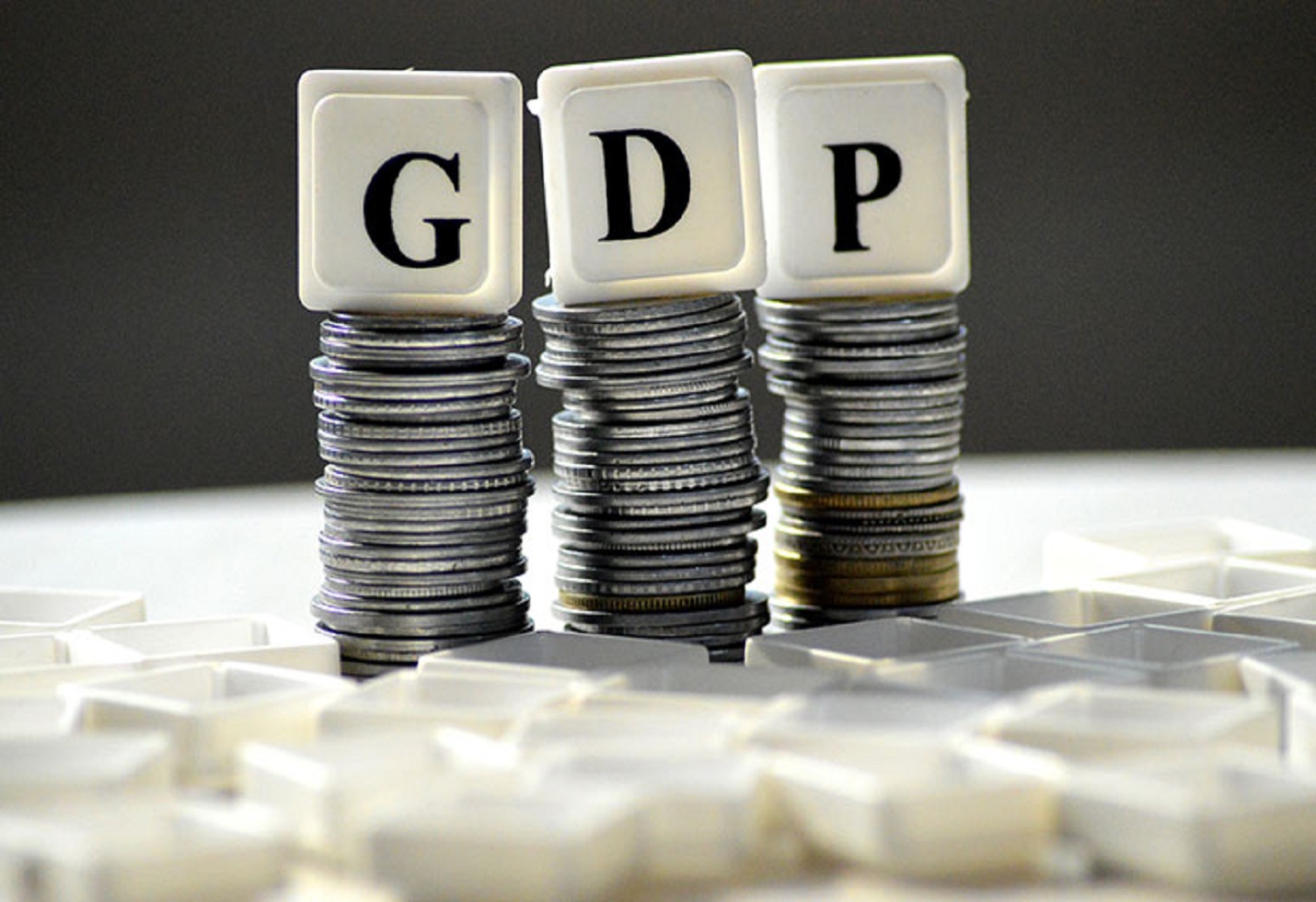Beyond GDP: Understanding the disconnect between economic growth and consumer confidence in India
Introduction:
India has experienced strong GDP growth in recent quarters, reflecting positive economic fundamentals. However, the RBI’s surveys on consumer confidence indicate a discrepancy between these macroeconomic indicators and the sentiments of the average consumer. Understanding this incongruity is crucial for policymakers, businesses, and investors to make informed decisions in navigating the economic landscape.
RBI surveys:
Recent surveys conducted by the Reserve Bank of India (RBI) have revealed a surprising disconnect between the nation’s strong economic growth and the sentiments of urban consumers. While the Indian economy has been showcasing robust growth, with a GDP of 7.8% in the June 2023 quarter and 7.6% in the September quarter, consumer confidence seems to be lagging behind. This report aims to analyse this disconnect and explore its potential implications.
The latest RBI Consumer Confidence Survey reports a stable consumer confidence index at 92.2, indicating a consistent economic perception. Despite increased pessimism about current economic conditions, optimism grows regarding current income levels, reaching the highest since July 2019. Compared to September 2023, the overall consumer confidence remains unchanged, showing positive shifts in income and spending but lingering negativity in price levels, economic situation, and employment. Looking ahead, the one-year consumer confidence index reflects positive sentiments in income and spending, with a slight dip from the previous survey, while concerns persist in price levels, economic situation, and employment.
1. The RBI Inflation Expectations survey:
The RBI Inflation Expectations survey reveals that current inflation perception among households decreased by 20 basis points to 8.2%. Over the fiscal year, expectations dropped by 70 basis points to 8.2%. While the three-month median inflation expectation remains stable at 9.1%, the one-year outlook increased by 20 basis points to 10.1%, yet lower than the start of the fiscal year at 10.5%. The survey indicates widespread anticipation of inflation across various product categories, driven by budgetary pressures. Notably, food products and services play a crucial role in shaping overall inflation expectations. In summary, consumers expect higher inflation in the coming months due to household budget challenges.
2. The RBI’s survey of professional forecasters sayings on GDP:
The RBI’s survey of professional forecasters reveals a 20 basis points upgrade in real GDP growth for FY24 to 6.4%, with FY25 forecast remaining at 6.3%. Despite appearing pessimistic compared to the RBI’s 7% projection for FY24, the forecast ranges from 5.8% to 7.4%. The survey anticipates a 6.0% annual growth in real private final consumption expenditure for FY24 and a more optimistic 7.5% growth in gross fixed capital formation, driven by the government’s robust capex. The November survey also revises the real gross value added (GVA) up by 10 basis points to 6.2%, signalling overall optimism in macroeconomic growth, although the median figure differs from RBI projections.
3. According to an RBI survey of professional forecasters on inflation:
The RBI survey of professional forecasters indicates an expected moderation in inflation, specifically in the Consumer Price Index (CPI). For FY24, annual headline inflation is projected at 5.4%, declining to 4.7% in FY25. The forecast suggests a gradual decrease, with Q3FY24 expected at 5.4%, followed by moderation to 5.2% in the subsequent two quarters. By the end of FY25, headline inflation is anticipated to reach 3.9%, well below the RBI’s 4% target.
Core inflation, excluding certain categories, is seen at 4.3% in Q3 and expected to remain between 4.1% and 4.4% over the following three quarters. The overall trajectory of inflation, driven by core inflation, is on a downward path, providing a more sustainable scenario compared to the cyclical nature of food and fuel inflation.
4. According to the RBI survey of professional forecasters on the external sector:
• Merchandise exports are expected to decline by -7.1% in US dollar terms for FY24, while merchandise imports are likely to fall by -5.4%. The survey does not cover services trade, but potential improvements are anticipated in this area.
• For FY25, there is optimism, with merchandise exports and imports expected to grow by 5.0% and 6.2% respectively. The services trade is expected to show greater traction in FY25.
• The current account deficit (CAD) is projected to be 1.7% of GDP in FY24, decreasing to 1.6% in FY25. Positive prospects for services exports are expected to contribute favourably to the current account.
Potential Reasons for the Disconnect:
1. Unequal Distribution of Gains: The benefits of strong GDP growth may not be evenly distributed among various income groups, contributing to a sense of economic inequality.
2. Perceived Job Insecurity: Even with economic expansion, concerns about job security and underemployment may be prevalent, influencing consumer sentiment.
3. Inflationary Pressures: Rising inflation rates can erode the purchasing power of consumers, affecting their confidence in making discretionary purchases.
4. Psychological Factors: Consumers may be hesitant to spend due to global uncertainties or geopolitical tensions.
Implications for the economy:
• Policy Considerations: Policymakers need to consider measures that address the concerns of individual consumers, such as targeted economic policies, social safety nets, and employment generation initiatives.
• Business Strategy: Understanding the consumer sentiment disconnect is essential for businesses to tailor their strategies, marketing, and product offerings to align with consumer expectations and economic realities.
• Investor Caution: Investors should be mindful of the potential impact of muted consumer confidence on certain sectors, adjusting their investment strategies accordingly.
Conclusion:
The findings from the RBI surveys highlight the importance of addressing the divergence between strong GDP growth and consumer confidence. A holistic approach involving targeted policies, business strategies, and investor awareness is essential to bridge this gap and ensure that the benefits of economic growth are felt at the individual consumer level. The coming months will be critical for stakeholders to collaborate and implement measures that foster inclusive economic growth and enhance consumer well-being.
The image added is for representation purposes only

